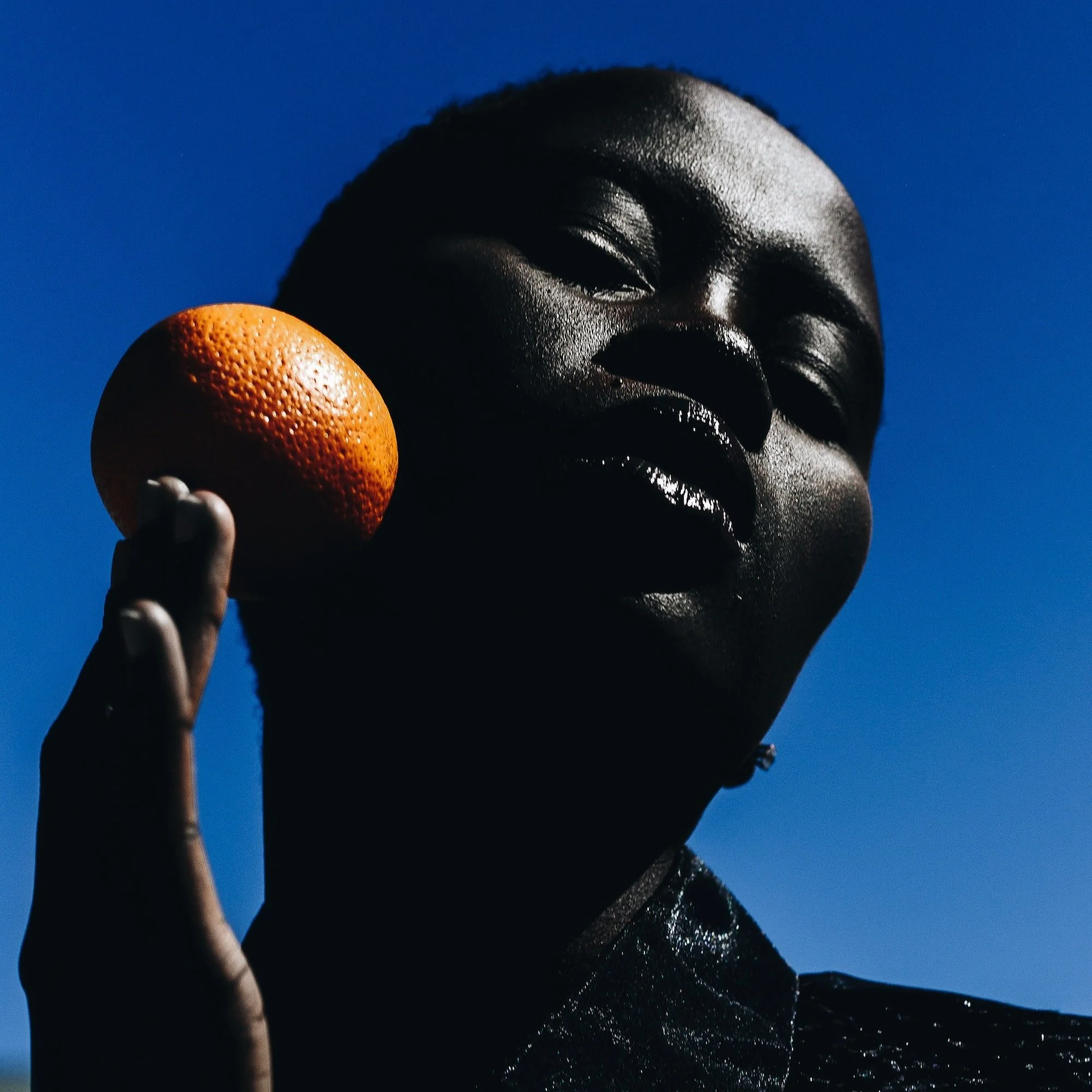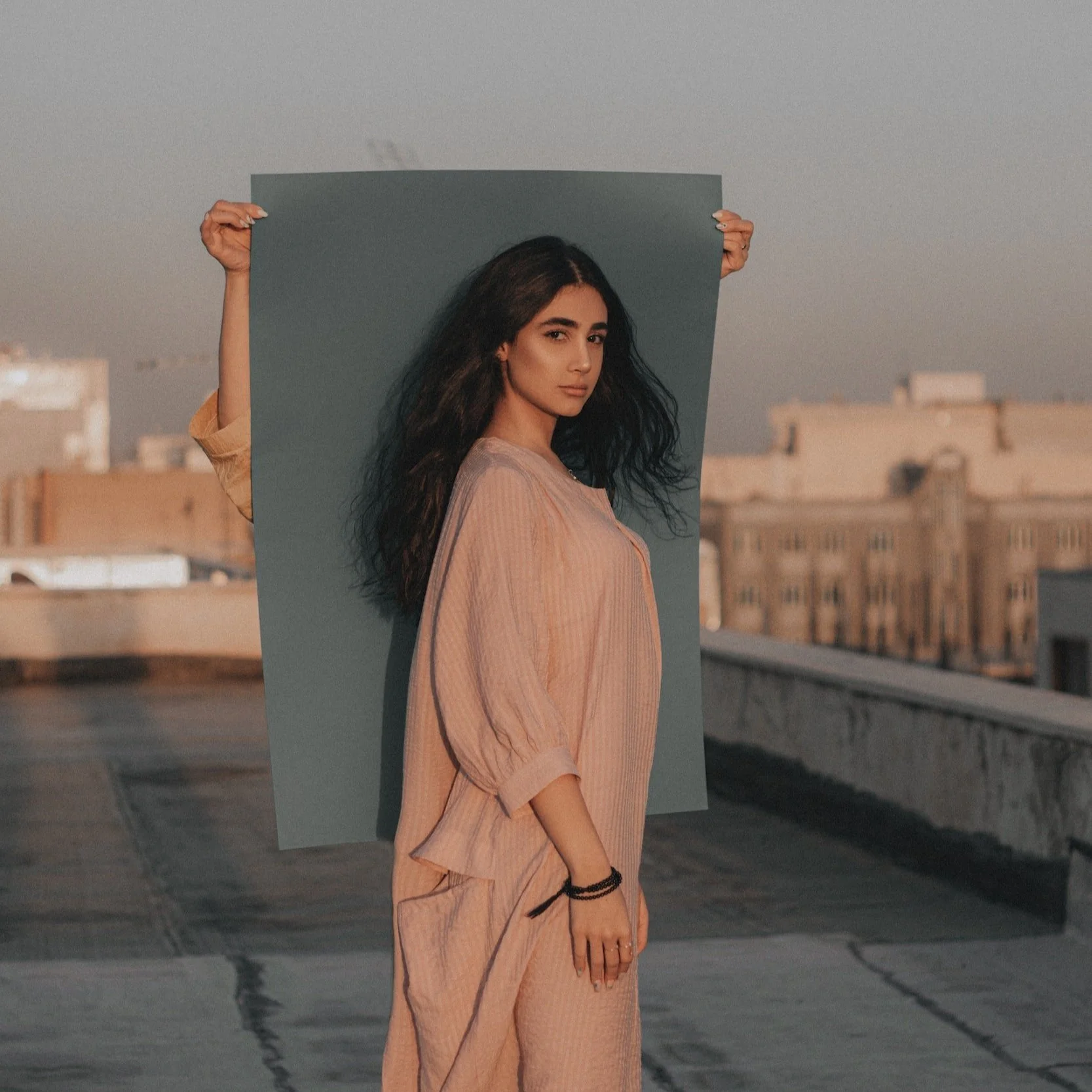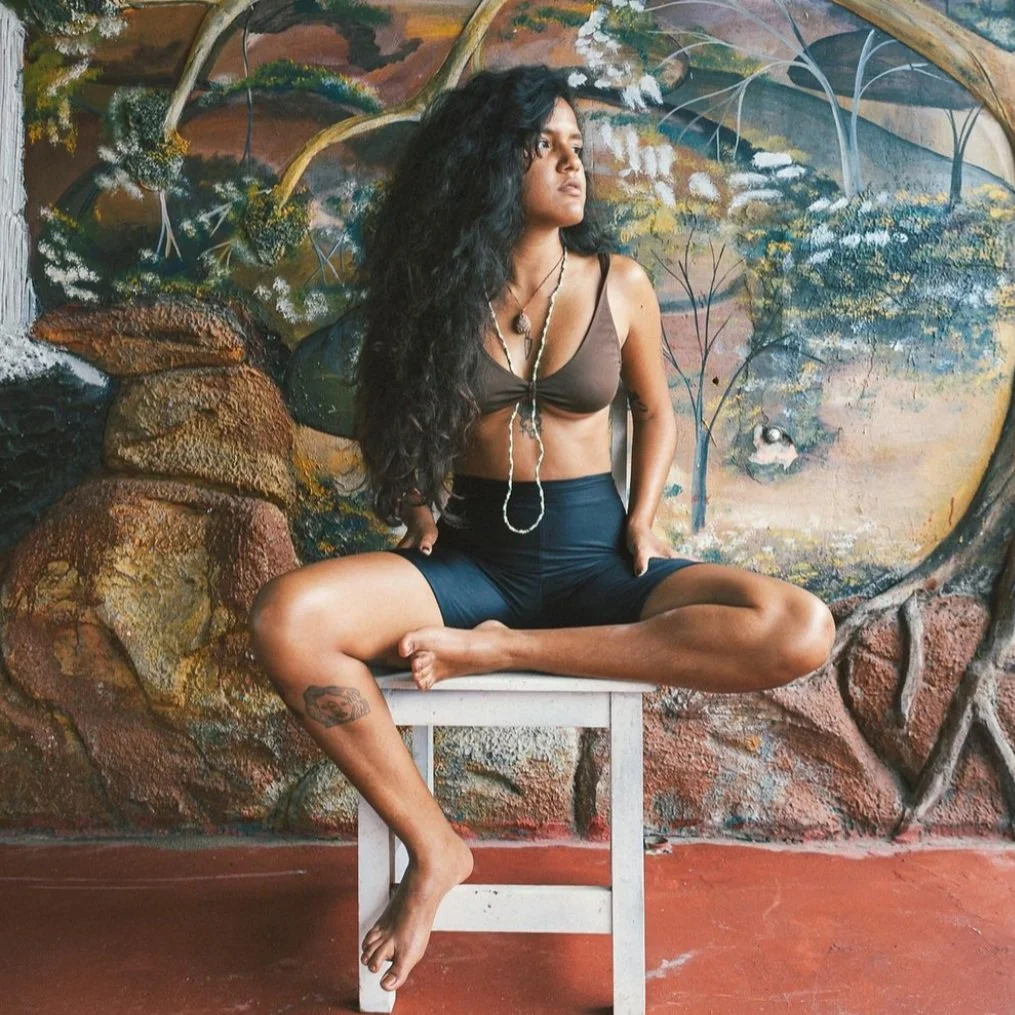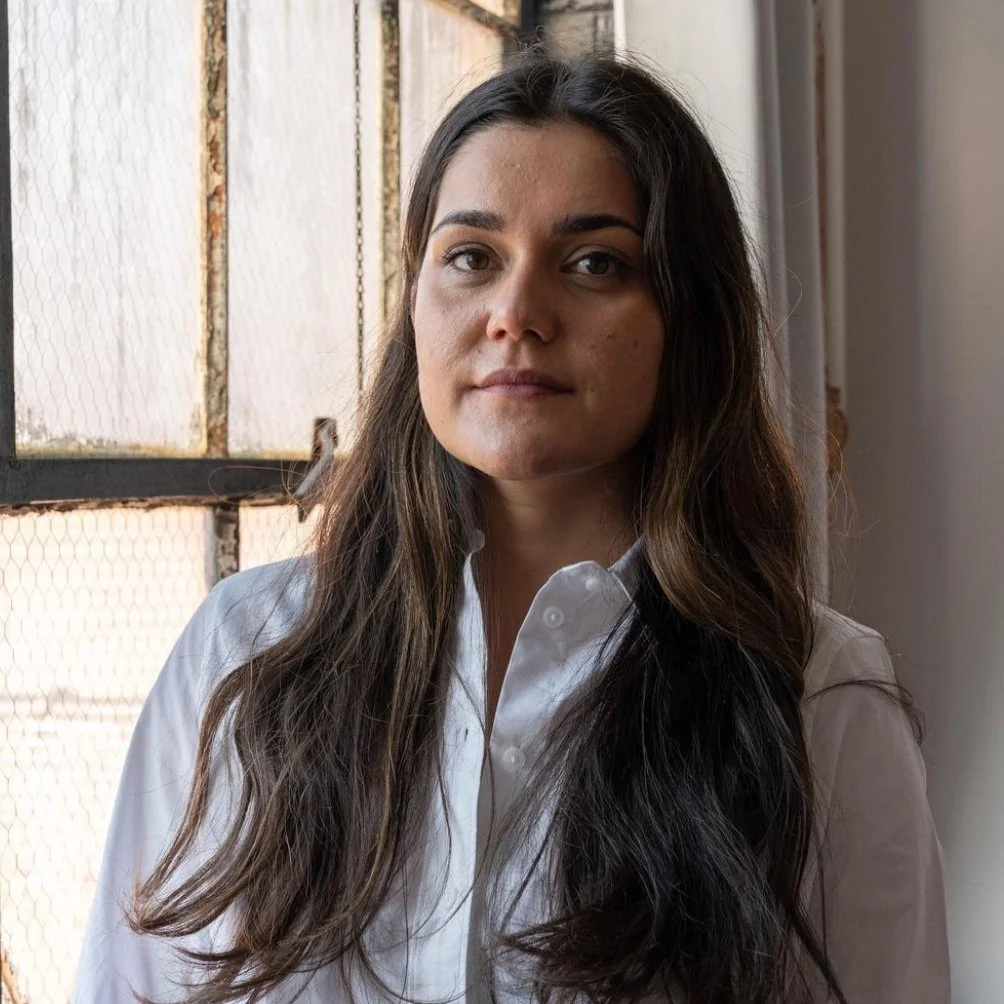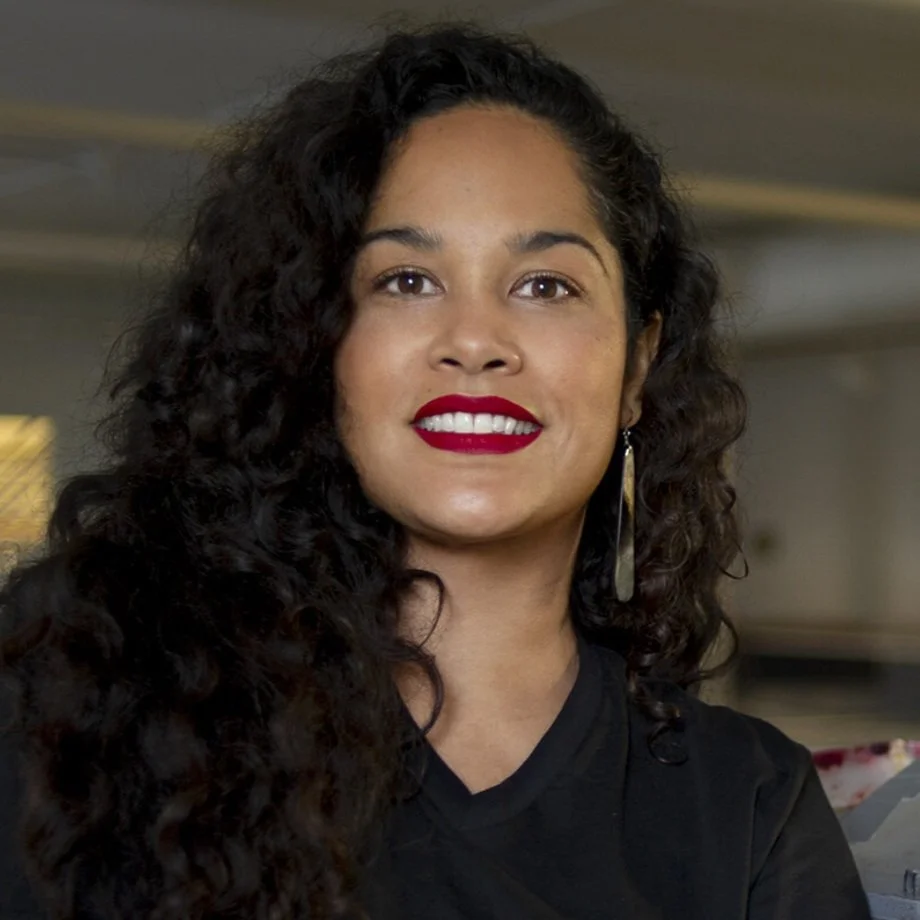Visual Storytelling: Women Revolutionizing How We See the World
written by Teyah Nichole
SHARE:
Whether you feel it progressive or apocalyptic, we’re undeniably in the age of visual storytelling. Its supremacy is unsurprising and representative of everything that is the 21st-century zeitgeist—a collective preoccupation with beauty, identity, and performance.
We’re all guilty of engaging with this new norm of information-sharing. For instance, the average time spent on a website is 15 seconds. Meaning, sellers and creators scramble to give us something we might find worth sticking around for within the first few moments we engage with their content.
“Images, videos, colors, etc., all work together, creating a curated symphony of aesthetics aimed at keeping you, the audience, engaged.”
The easiest, most effective way to do so is by showing. Images, videos, colors, etc., all work together, creating a curated symphony of aesthetics aimed at keeping you, the audience, engaged. Even this post starts with a large image, as, according to industry professionals, “all successful blogs do.” More social sharing, higher reader clarity, and increased reader memorability result from focusing on visuals alongside words.
We’ve groomed ourselves to believe (in) what we can see. Recognizing this shift matters for many reasons, but in this post, we’ll focus on why it matters for progressive changemakers. Specifically, we focus on how the medium of visual storytelling helps and hurts us. We explore its power and evolution, ending with recommendations for women visual storytellers you should know about.
Stay until the end to discover more posts like this one!
What is Visual Storytelling?
Visual storytelling, sometimes called visual narrative, is the act of using visuals to communicate. Various messages, ideas, histories, and emotions are regularly delivered to audiences through the targeted use of visual mediums.
Examples of visual narrative are wide-ranging. From political cartoons and paintings to Instagram posts and Tiktoks, visual storytelling is inherently heterogeneous in its delivery, a proper chameleon art form.
Kim Kardashian’s obsession with photoshopping her [allegedly] unnatural, surgically altered proportions sends as powerful of a cultural message as Mark Knight’s [sexist and racist] “cartoon” of Serena Williams. Each of these visuals was created with purpose and, regardless if their creators are explicitly aware, taps into that liminal space between our conscious and subconscious minds.
A space where we are immediately connected to the visceral (“I’m so angry that she keeps pretending her waist is really that small!” “Serena Williams deserves better treatment by the media.”) while co-producing the metaphysical justifications of our worldviews (“This is why we need more regulation of what goes on social media!” “Black women are never allowed to express their anger the way men are.”)
What we see directly impacts how we feel, what we want, and what we believe in. Visuals can instantly reinforce or destroy, expose or hide, create questions, or provide answers.
They’re everywhere we look and aren’t going anywhere. This is because they work really well; by tapping into the fundamental building blocks of human reasoning. To explain, it’s essential to understand that human brains are really good at doing three things: communicating, making quick judgments, and learning through stories. 90% of what’s transmitted to the brain is purely visual, done within 1/10 of a second.
Additionally, visuals are processed in the medial temporal lobe, the same part of the brain that processes emotions. This emotional-visual bias of the brain works symbolically with another critical part of our reasoning system, the thalamus.
The thalamus, located medial to all lobes of the brain, is where oxytocin is released. This natural chemical dubbed the "love drug" or "moral molecule," reinforces our emotional-visual bias by encouraging us to feel anything from empathy and love to emotional pain.
In layman's terms, the brain is hard-wired to hyper-fixate on images and narratives. Such a fact explains why visual storytelling is a powerful tool in helping or hindering how humans make sense of the world around us.
Woman Using Visual Storytelling You Should Know About
Vitória Leona
Photographer
Leona is a photographer born and raised in Belém (Pará), Brasil. Although she has a diverse portfolio, from portraits to editorials, a transparent thread binds her work together: self-acceptance. Whether she’s shooting in the streets of her hometown on analog or big digital campaigns for household names like Adidas, she maintains her commitment to highlighting “normal people” and the authentic diversity of the human experience.
Her visual narrative is one where queer bodies are brought away from the periphery, becoming front and center. Stretch marks and sagging skin are celebrated instead of side-lined. Repulsion for the aging woman is replaced with reverence for her perseverance.
Leona’s approach is vividly colorful and lacking in the contemporary trappings of heavy photoshop and filtering that plague much of mainstream, Western visuals. By doing so, her work provides a refreshing sense of transparency and immediately sets itself apart.
We suggest checking her out using the links below, especially for those desperately seeking reaffirming visuals of genuine self-love and female empowerment.
Links for Leona:
2. Hangama Amiri
Painter and Textile-Maker
Amiri is an Afghan-Canadian visual artist. She was born in Kabul shortly before the Taliban took over, forcing her family to seek refuge in Pakistan, Iran, and Tajikistan before settling in Canada in 2005.
Her personal experience as a woman refugee now residing in the West is present throughout her work, focusing on cross-cultural dialogue, women’s rights, and feminism. Vibrant textiles inspired by the street bazaars of her first home accost prints of feminine heroines of the taboo, which she paints over. Deep reds and electric blues meet a range of fragmented fabrics—and identities.
In this way, Amiri’s mixed-media pieces embody the diasporic essence of her life. Her visual narrative is assiduously imperfect and non-linear, paralleling the conflicting geographies and politics in which she operates: Eastern versus Western, refugee during globalization, a woman in patriarchy.
Follow Amiri to explore the multi-layered depths of what makes the 21st-century woman using the links below.
Links for Amiri:
3. Natalie Ball
Sculpter, Painter, and Performance Artist
Ball is a Portland-born, interdisciplinary artist and member of Oregon’s Klamath Tribes. Identifying as multiracial Afro-Indigenous, she currently resides in her ancestral homelands in Southern Oregon/Northern California, where she raises her three children.
Her art is, in many ways, a radical historiography of her identity. Her recent sculptures, for instance, are famed for their commentary on the hybridity of Blackness of Nativeness in relation to the US state. Found quilts and animal hydes of traditional Native origin are assembled in a riotous sort in conjunction with identifiable objects of the Americana, such as a sheriff’s hat or sneaker laces.
By widening the audience’s perception of what these objects are meant to represent both singularly and concerning one another, Ball invites the audience to expand their understanding of the Native American experience and the tangential discourses placed onto it. Ball’s visual storytelling is effectively “auto-ethnographic,” unearthing a marginalized genealogy of what it means to be Native, defined by Native communities themselves.
Follow her current and future projects by using the links below.


